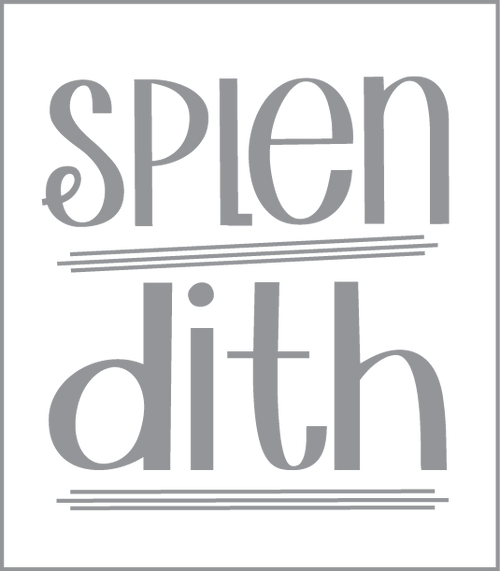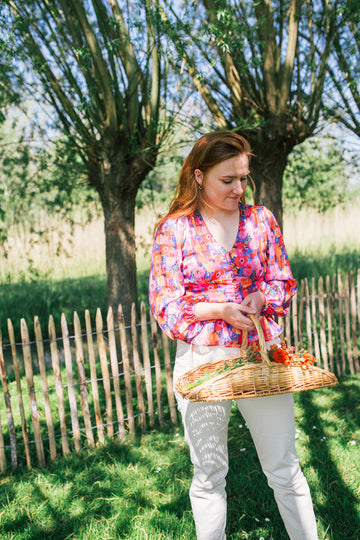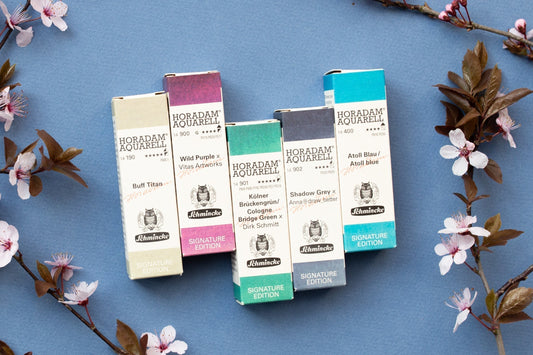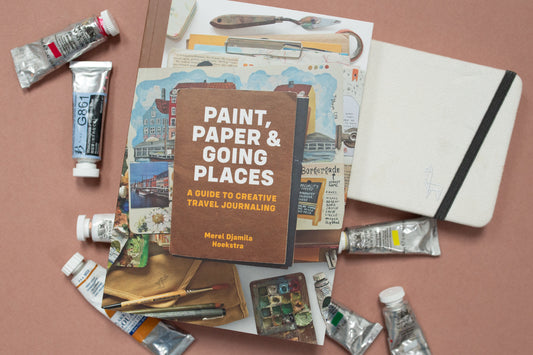As always, I am looking for the best materials. Real animal hair brushes are almost always recommended as the best quality. You may be familiar with the Kolinsky brushes, for watercolor they are the go-to, right?
The handle was FSC certified, but the brush hairs?
The Rembrandt brushes that I sold had a nice FSC logo on the handle of the brush. At first I thought, that's a good idea and then immediately: 'where is the certificate for the hair?'. There was nothing to be found about the brush hairs used in the brush. Isn't it strange that you do a certificate on wood and that animals are used for the hair, without anything being found about this?
That's why I started looking for the origin of the bristles and how the bristles for brushes are obtained. At first I thought I would look up what kind of certificates were available for brush hairs. I spent several hours researching multiple sides of the industry. After that morning, I never bought brushes made from animal hair again.
Maybe I'm a hypocrite for occasionally eating meat and wearing leather shoes. That doesn't mean I don't try to eat little meat and buy fewer shoes. Watercolor brushes because an animal is killed specifically for the brushes keeps me from selling them. Some brushes, such as those with pig or cow bristles, are 'fortunately' made from residual products. Because there are so many wonderful synthetic alternatives, I like to make a difference.
Of course, you have to choose which brushes you work with. Because I was shocked by the market myself, I just want to make you aware of it.
1. Animals are killed specifically for brushes
Unfortunately, Kolinksys and Sables (martens) have always been captured and killed for their fur. In the past, many fur coats were made from these furs. Brushes were then made from the remains of the animal pelts that were not used for the fur coats. Fortunately, fur coats are worn a lot less for decoration these days. Now that so many fewer fur coats are being worn, such scraps are no longer available and the animals are only killed for the brushes. Only the tail is used and the rest is discarded. There are already higher excise duties on fur, but apparently that is not enough. In addition, the best quality hair is only made from men's hair.
2. Animals have become extinct for their fur
You used to be able to buy gray squirrel hair brushes, these brushes were super popular because the bristles were so soft. They were collected in bulk and used for brushes, also for cosmetic use, i.e. as make-up brushes. Unfortunately, this has made the gray squirrel completely extinct.
Kolinsky's and martens have been placed on the list of endangered species, but with a relatively low threat factor. The US already has an import ban on Kolinsky and Sable brushes.
3. The brush market is opaque
Because there is still little supervision of the catch and resale, it is difficult to know under what conditions the animals were caught. The Siberian Weasel is usually called Kolinsky. The weasel lives in Siberia, China and some other parts of Asia. Kolinky's do not do well in captivity and are therefore always captured from the wild. Sometimes the animals are captured and then locked up in cold conditions so that their hair grows to the right thickness. Or they are caught in traps, usually at night, and then freeze to death by morning. When they are bred in warmer climates, they have too fine hair.
Not such a nice story this time. Please don't throw away your animal brushes all at once, but think consciously when purchasing a new brush :).
Love,
Judith





